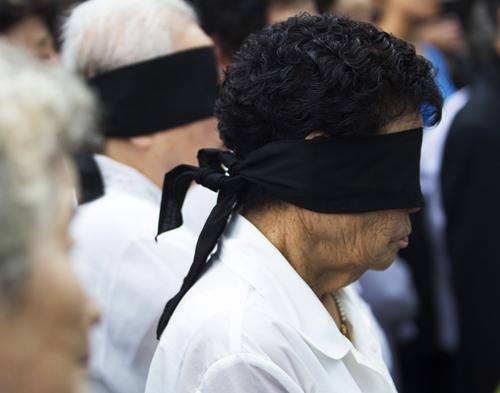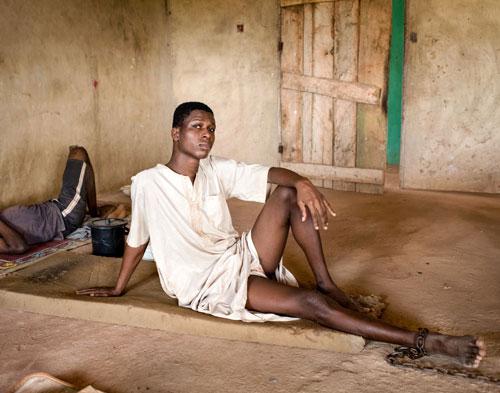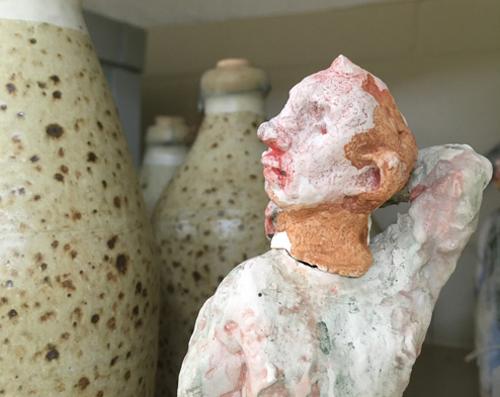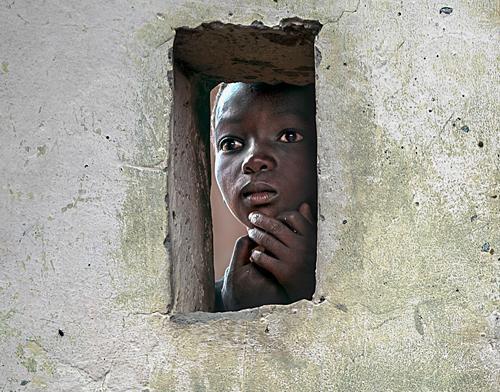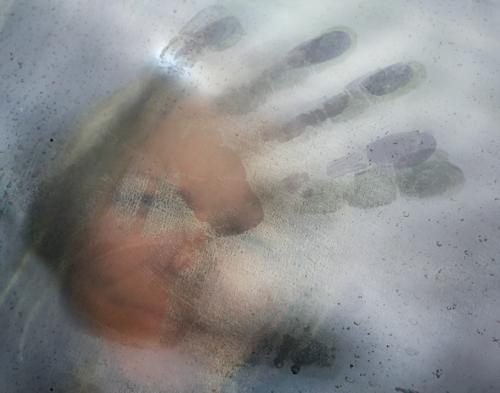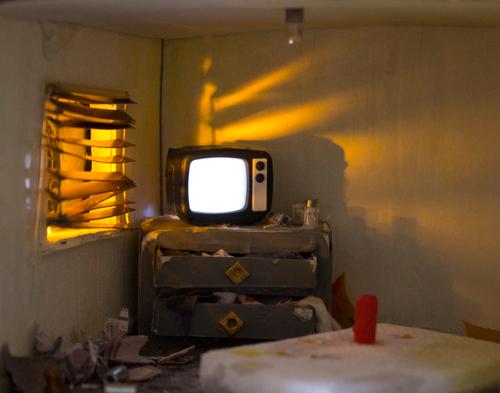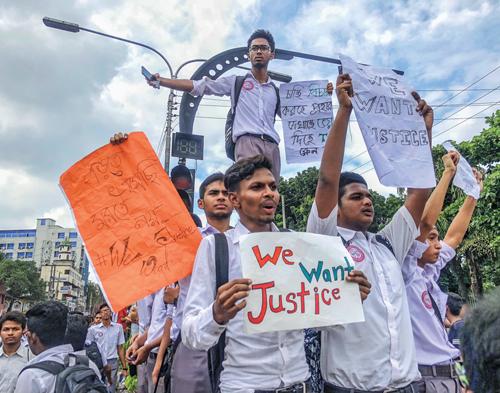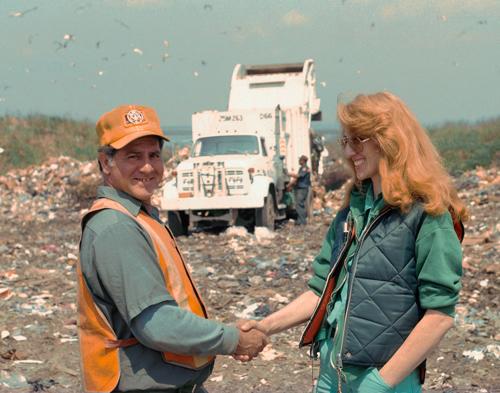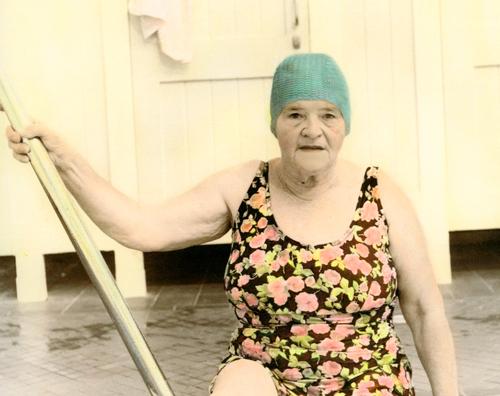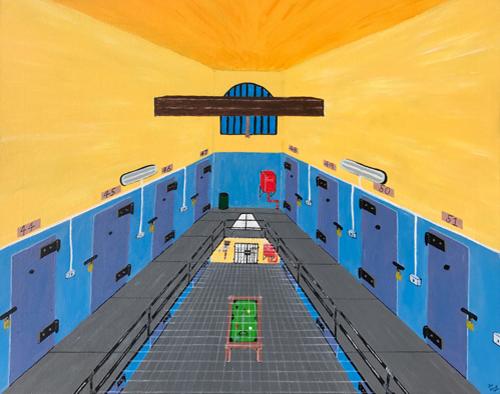Body, remember: Wrap me in a sister cloak
Tracey Moffatt’s series Body Remembers (2017) draws its title and responds to the poem by Constantine P. Cavafy (1918). In each of the series of large photographs we see a woman alone, in the ruins of colonial buildings, on the shadows of eroded stones. We see her looking out of windows, looking out into the distance. As the viewer, we see the back of the woman’s head, or the shadow of the woman, or her face that is covered by her hands as the Aboriginal woman maidservant looking out. The body in this title could be read as both our country and our flesh. The sovereign woman mourns. What do we mourn?

